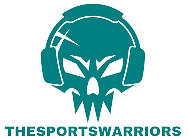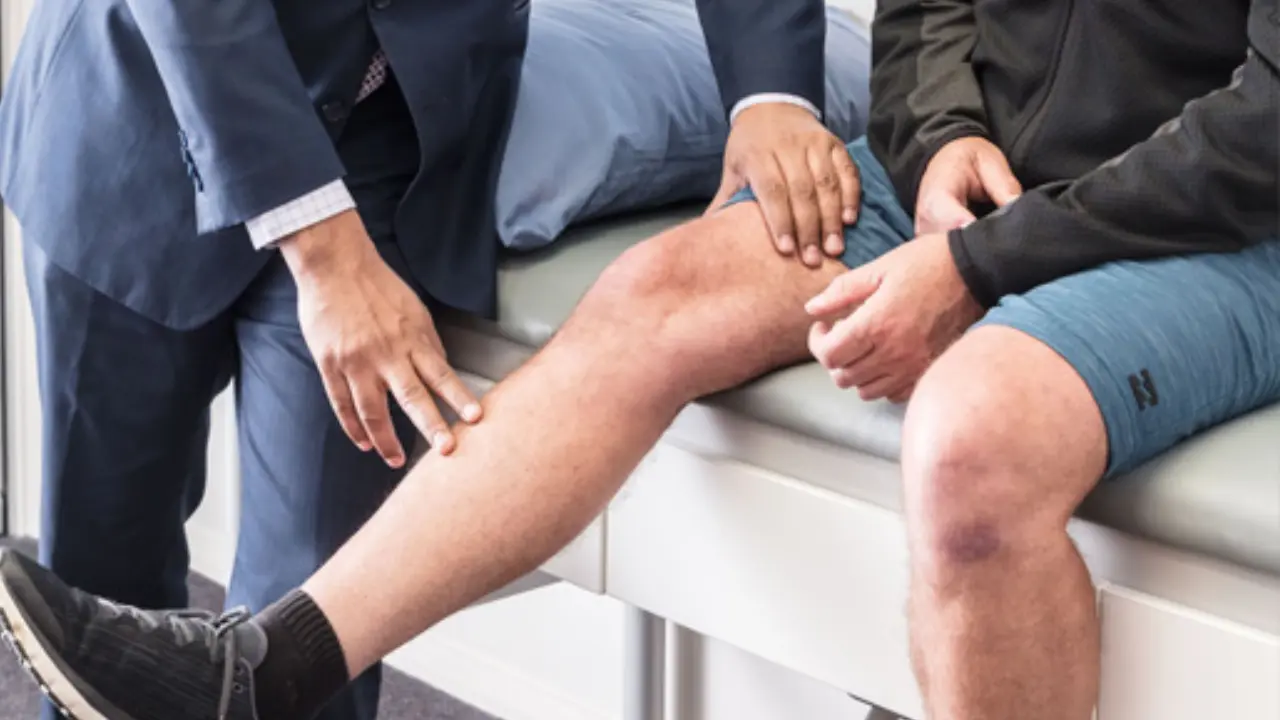Are you a sportsperson who was injured while competing? Do you feel discomfort, swell, or have trouble moving? You may think you need surgery to fix your injury, but that is not always true. Occasionally, healing an injury without surgery is possible. You may recover more quickly, avoid issues, and sustain fewer scars as a result. Your doctor and care team will determine the best non-surgical method to treat your injury. They will tailor their plan to your requirements and objectives. This article will tell you some ways like therapy and treatment to heal sports injuries without surgery and how they can help you.
Physical and Occupational Therapy
Physical and occupational therapy is one of the best non-surgical methods for treating sports injuries. While your injury heals, you can use these exercises to get stronger, more flexible, and more balanced. Additionally, they can improve your balance, strength, and energy levels. Physical and occupational therapy can treat many sports injuries, including sore muscles, swollen joints, torn tendons, etc.
A therapist will assess your condition and create a recovery plan when you begin physical and occupational therapy. They will demonstrate how to perform exercises and treatments that will improve your feeling and mobility. Some examples of physical therapy treatments are:
Exercises or stretches:
These help you move farther and steadier by improving your stamina, strength, stability, and coordination of movements. Your entire body may be treated, or just the problematic muscles or joints.
Massage:
This is when the therapist presses or rubs the tender areas of your body to relieve stiffness, pain, and tightness in the muscles. Additionally, it can improve blood circulation and aid in waste removal from the body.
Heat/cold therapy:
This is when the therapist puts hot or cold packs on the hurt area to make the swelling, inflammation, pain, and muscle spasms go down. Heat therapy can also relax tight muscles and make your blood flow better. Cold therapy can also make the pain go away and slow down the nerves.
Ultrasound:
This is when the therapist produces heat in the deep regions of your body using sound waves. It can reduce stiffness, inflammation, and muscle pain. Additionally, it can improve blood circulation and promote body healing.
Electrical stimulation:
Here, the therapist applies mild electric currents to help the muscles and nerves in the injured area recover. It can aid in reducing swelling, pain, inflammation, and muscle spasms. It can also stop muscle loss and make muscles work better.
Similar to physical therapy, occupational therapy assists you in carrying out daily tasks that are challenging as a result of your injury. An occupational therapist might teach you, for instance, how to use tools or make changes to your house that will make it simpler for you to perform tasks like dressing, taking a bath, cooking, working, etc.
Alternative Healing Treatments
Alternative medical procedures are yet another way to treat sports injuries without surgery. These are techniques that use natural or novel approaches to help reduce inflammation, lessen pain, and aid in the healing process for your body. Some examples of alternative healing treatments are:
Dry needling:
The therapist does this by inserting tiny needles into particular muscles that have tight knots or bands that are painful or that radiate pain to other parts of the body. These knots can be broken up with dry needling, which will improve movement, pain, and muscle Additionally, it can reduce nerve pressure and muscle spasms. Many sports injuries, such as shoulder pain, torn tendons, tennis elbow, golfer’s elbow, wrist pain, etc., can benefit from dry needling.
Cupping:
Using cups made of glass, plastic, or silicone, the therapist creates a sucking effect on the skin at this point. Specific body parts receive the cups, which either remain there or move around. Your body can heal and your blood flow can be improved with cupping. Like a deep massage, it can also help reduce pain and inflammation while relaxing you. Numerous sports injuries, including knee pain, lower back pain, neck pain, and muscle pain, can be treated with cupping.
Injections
Injections are yet another non-surgical option for treating sports injuries. Using a needle, injections deliver medication or biologics to the injured area. Injections can help reduce pain and inflammation quickly or permanently and improve the way your body heals itself. Some examples of injections are:
Trigger point injections:
These deal with painful muscle knots or tight bands that either cause localized pain or radiate pain throughout the body. An injection of a medication that reduces pain and inflammation is administered into the knot. Trigger point injections can help with a variety of sports injuries, including muscle pain, fibromyalgia, and other conditions.
Joint and bursa injections:
These are injections used to treat swelling or damage to joints or bursae. Where two bones meet is called a joint, and the bursa is the sac that cushions the joint. The joint or bursa is injected with a medication that relieves pain and inflammation. Joint and bursa injections can help with any sports-related injuries, including arthritis, bursitis, tendinitis, etc.
Facet joint injections:
These injections are used to treat pain in the facet joints. Facet joints are tiny joints that allow for stability and movement in the spine. When injected into the facet joint, a medication that relieves pain helps many sports injuries, including spine narrowing, wear and tear on the spine, etc.
Sacroiliac joint injections:
These are injections that are used to treat sacroiliac joint pain. The sacroiliac joint is where the spine meets the pelvis. When injected into the sacroiliac joint, a medicine that makes the pain go away helps many sports injuries, such as sacroiliitis, sciatica, etc.
Injections of tendons and ligaments:
Injuries to the tendons and ligaments are treated with these injections. Ligaments and tendons, which are strong bands, attach bones or muscles to one another. Injecting a sugar-and-water solution into the painful area promotes the healing of tendons and ligaments. Prolotherapy and regenerative injection therapy are other names for this. Many sports injuries, such as Achilles tendonitis, plantar fasciitis, tennis elbow, golfer’s elbow, etc., can benefit from injections of tendons and ligaments.
Biologics
Another way to heal sports injuries without surgery is biologics. Biologics are things that come from living things or their products and can help make your body heal itself better. Biologics can help make new tissues grow, make the inflammation go down, and make function better. Some examples of biologics are:
Platelet-rich plasma (PRP):
This product is created by spinning your blood to separate the platelets from the other blood cells. Growth factors and other proteins found in platelets help the blood to clot and wounds to heal. When injected into the injured area, PRP provides a lot of growth factors and other proteins that help fix damaged tissues, reduce inflammation, and improve function. A variety of sports injuries, including tendonitis, ligament sprains, muscle strains, cartilage defects, etc., can be treated with PRP.
Stem cells:
These are cells that can develop within the body into various cell types. Stem cells can be obtained from your own bone marrow, fat tissue, or donated sources like cord blood or womb fluid. When injected into the injured area, stem cells help new tissues grow, the inflammation subsides, and the injured area function better. Many sports injuries, such as cartilage defects, tendon tears, ligament tears, etc., can benefit from stem cells.
Growth factors:
These proteins improve cell growth, transformation, and survival. You can donate growth factors, such as womb or placental fluid, or you can get them from your own blood. When growth factors are injected into the injured area, they aid tissue healing, reduce inflammation, and improve function. Many sports injuries, such as tendonitis, ligament sprains, muscle strains, cartilage defects, etc., can benefit from growth factors.
Conclusion
We discussed some non-surgical methods for treating sports injuries in this article, along with how they can benefit you. Non-surgical injury treatments can assist you in healing more quickly, avoiding complications, and leaving fewer scars. Additionally, you should warm up, cool down, stretch, drink water, rest, and do other things to prevent sports injuries. Before beginning any treatment plan, consult with your doctor and the rest of your healthcare team. We hope this article helps you heal your sports injury without surgery and get back to playing sports soon.

